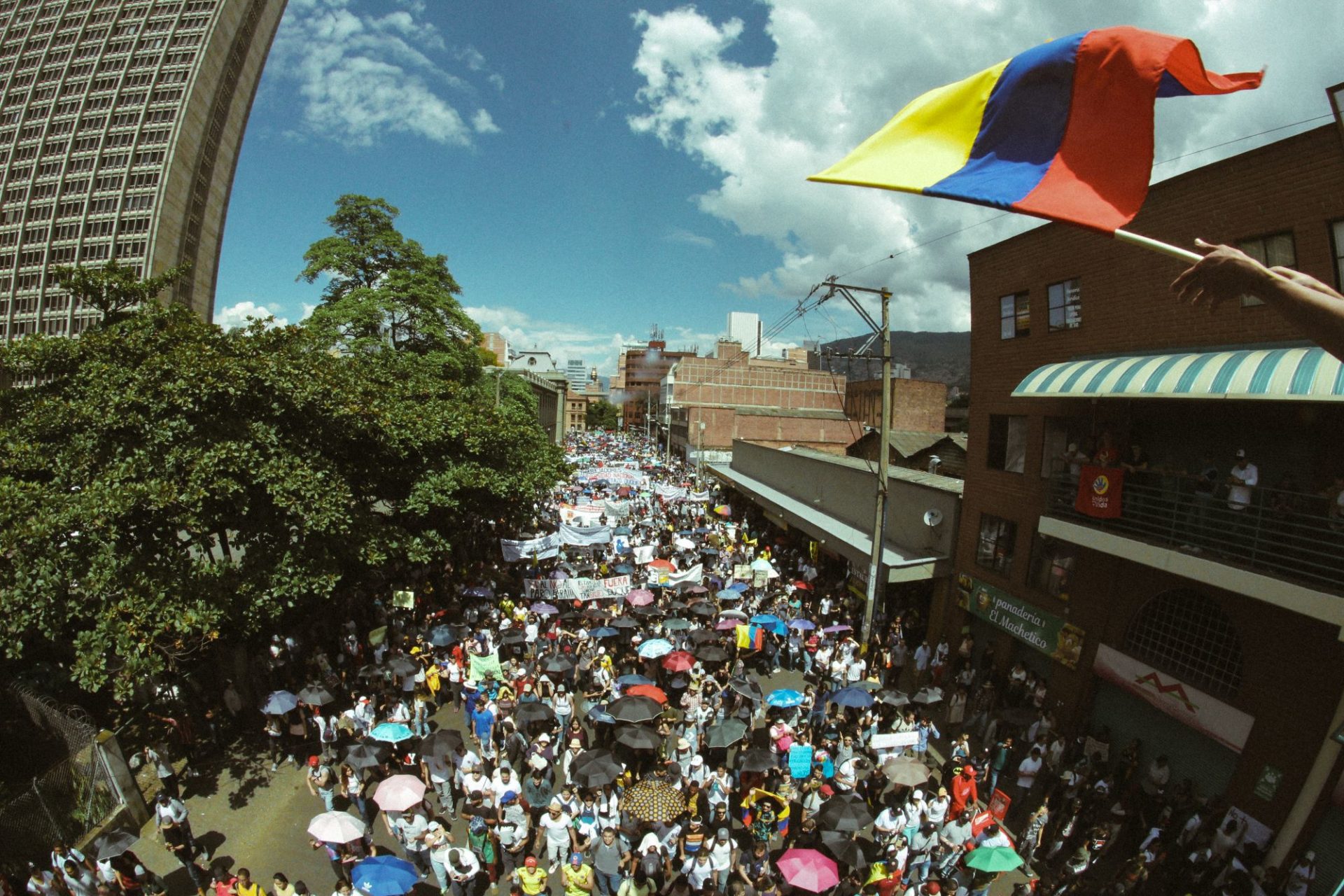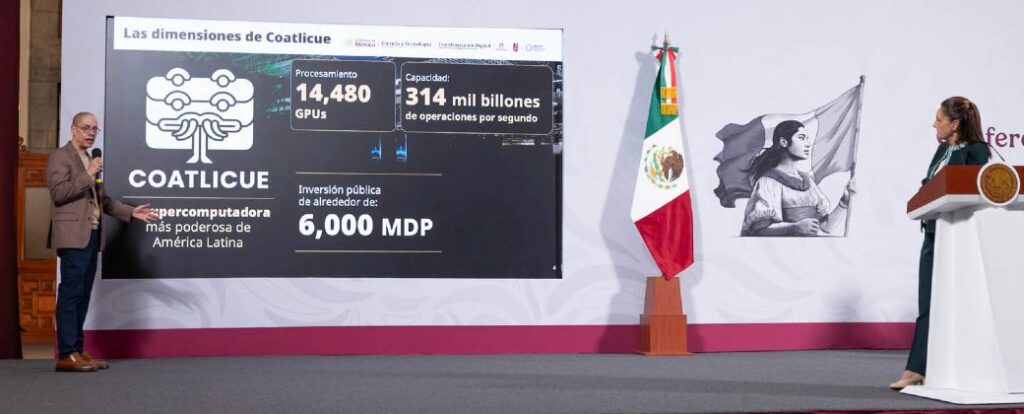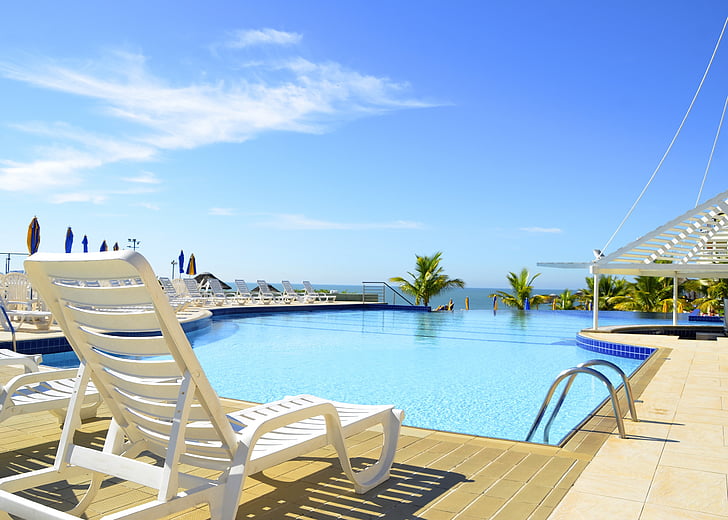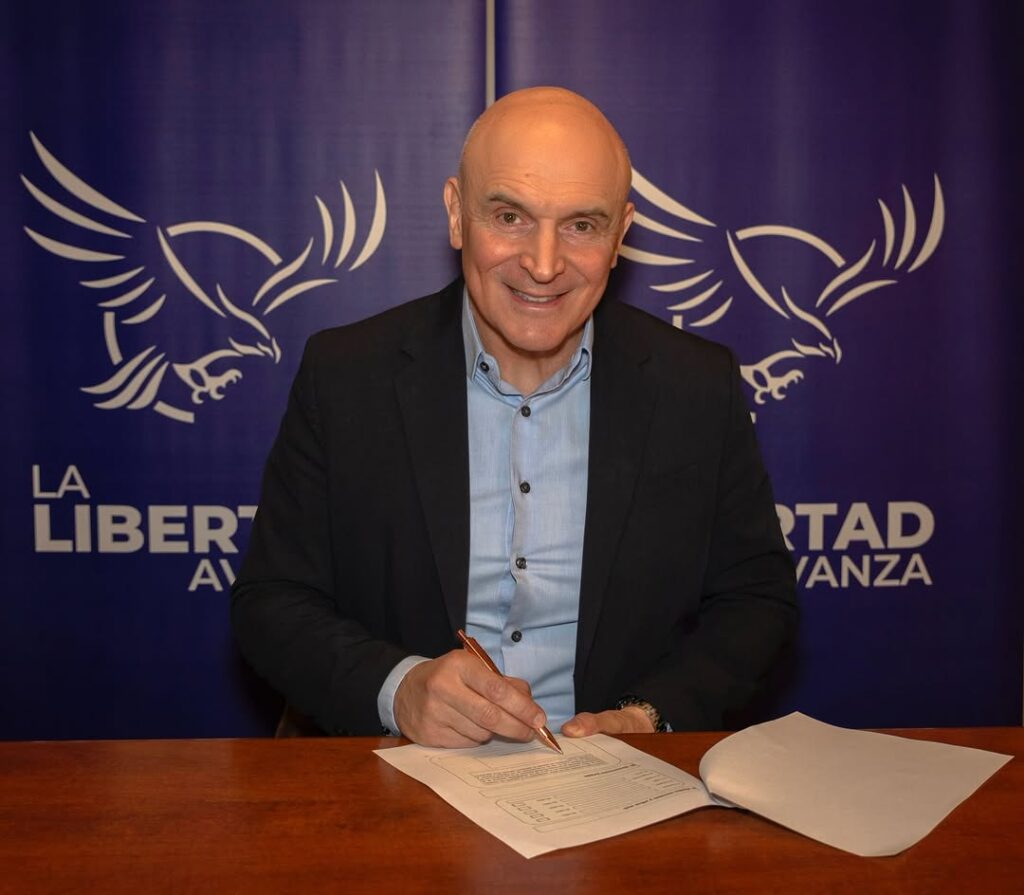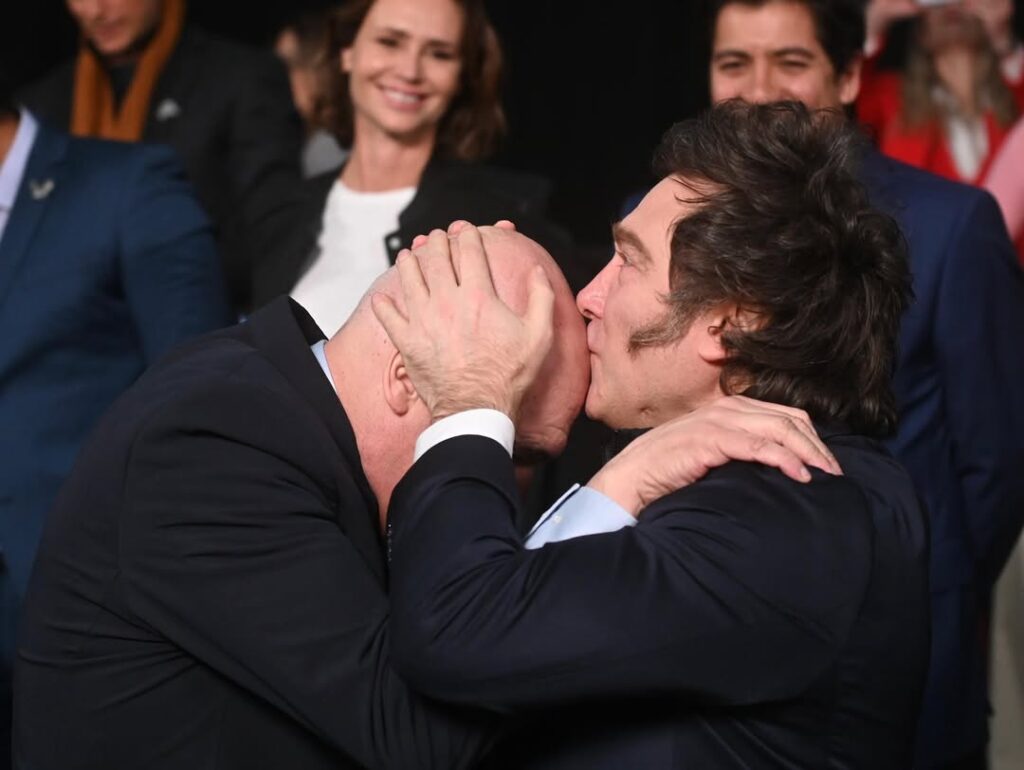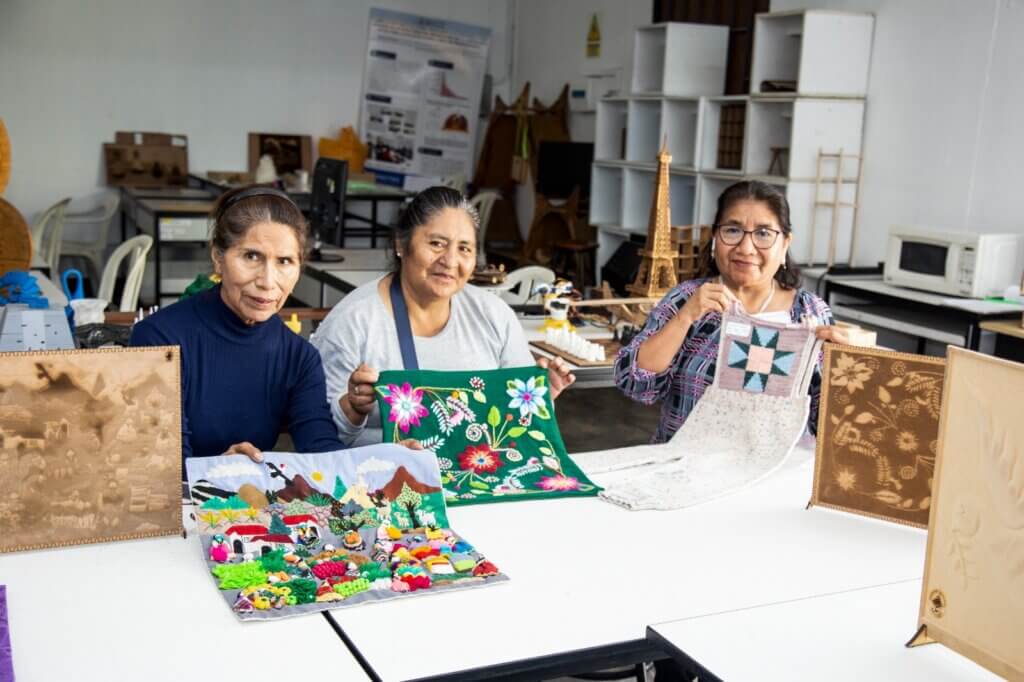Colombians brought the city of Medellín to a standstill on Thursday, November 21, during a nationwide strike over grievances with current President Iván Duque’s government.
Over 250,000 people took to the streets in cities across Colombia, reported Reuters, in some of the biggest anti-government marches the country has seen in recent years.
Although demonstrators were not protesting over one exclusive cause, they were united over dissatisfaction with Duque’s government’s ‘paquetazo,’ which features a series of proposed labor and pension reforms, privatizations, and tax increases.
Among the list of concerns and grievances was the lack of protection of the country’s social leaders, farmers, indigenous peoples and Afro-Colombians, as well as incompliance with the 2016 peace agreement. Others marched for LGBT rights, greater environmental protections and against political corruption, amongst countless other causes.
Demonstrators ranged from young students to senior pensioners, including groups of artists, members of workers’ unions, university professors, football fans and business owners alike.
Although their grievances were varied, Jaime Montoya from Colombia’s Central Workers’ Union (CUT) insisted this was a “strength,” which enabled the protest to reach a “wide variety of sectors,” when he spoke to Latin America Reports a day before the protest.
In Medellin, the protests began peacefully, with isolated clashes between demonstrators and security forces — namely the ESMAD riot police — taking place later on in the evening. The same happened in Bogotá, although in the city of Cali disturbances were reported to have taken place throughout the day. Reuters also reported that three people had died as a result of disturbances in the department of Valle del Cauca.

Their banners also detail grievances such as unemployment, killings of social leaders, deforestation and the lack of implementation of the 2016 peace agreement.
Photo by Felipe Bedoya.
“This government is making decisions that are not convenient for the country. They trample over the rights of workers, students, farmers and indigenous people,” echoed Laura García, a 27-year-old who works in communications.
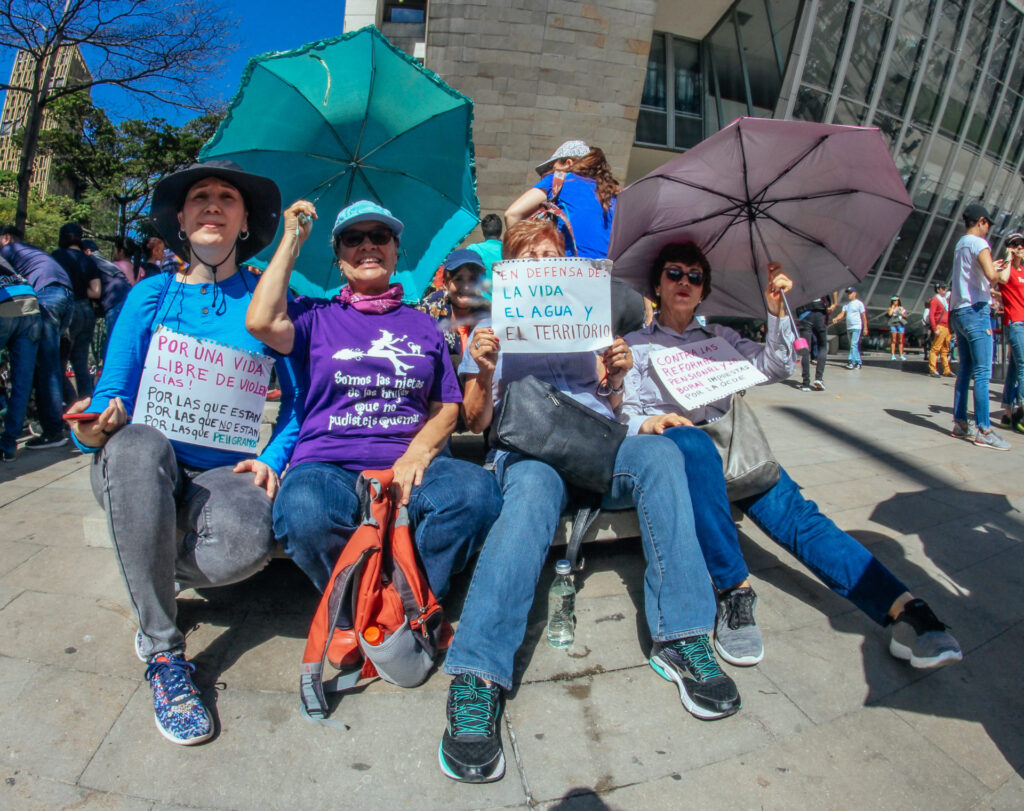
Photo by Felipe Bedoya.
Proposed reforms to pensions were among some of the main grievances of the older generations who came out to protest. “I managed to get what many of the people here might not: a pension,” 62-year-old Mario Yepes Robledo, a marketing management specialist who is yet to retire, told Latin America Reports. “That’s why I’m here. This government doesn’t care about the people, and I’m with the people.”
“We are in the hands of the youth now,” said a male pensioner, who preferred not to be named. “Us adults … we are discovering lots of new things. We’re no longer illiterate,” he added.
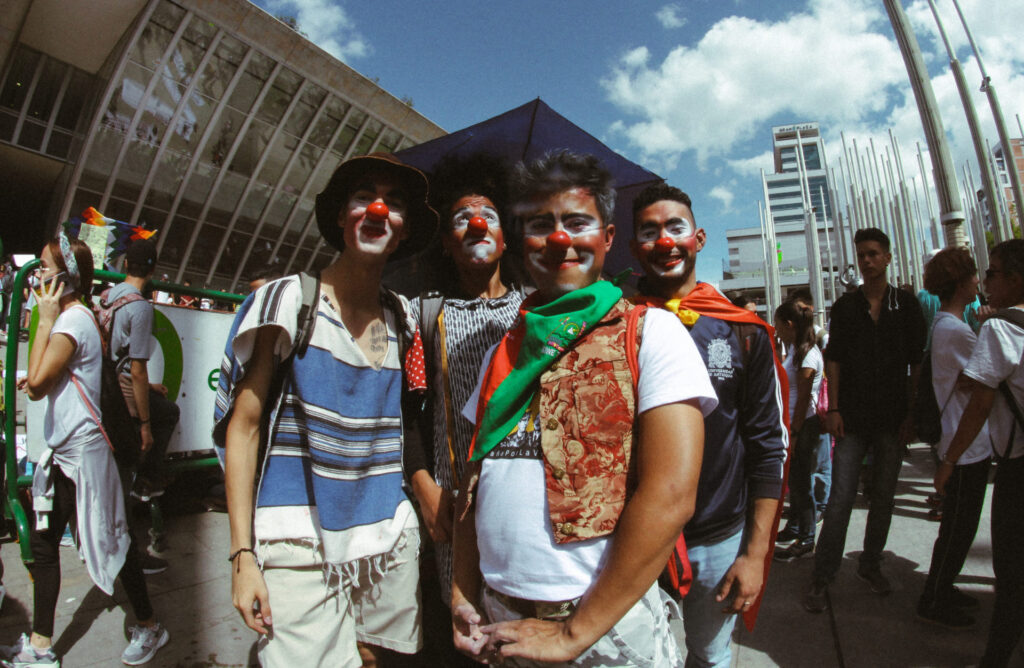
Collectives of street artists also turned out to march. “We are the continuity of a fight that resists, persists and doesn’t give up,” said 21-year-old street performer César Forero, from Bogotá.
“The government, seeing as it’s never been in control, thinks that control is giving advice,” added Juan David, a young musician from the Tropa Sikuris Aburra Andean music group. “But really, the people are in control, so they have tried to debilitate us, closing public services, closing the metro, but the Andina force is much bigger than public transport. We can go as far as we want to.”
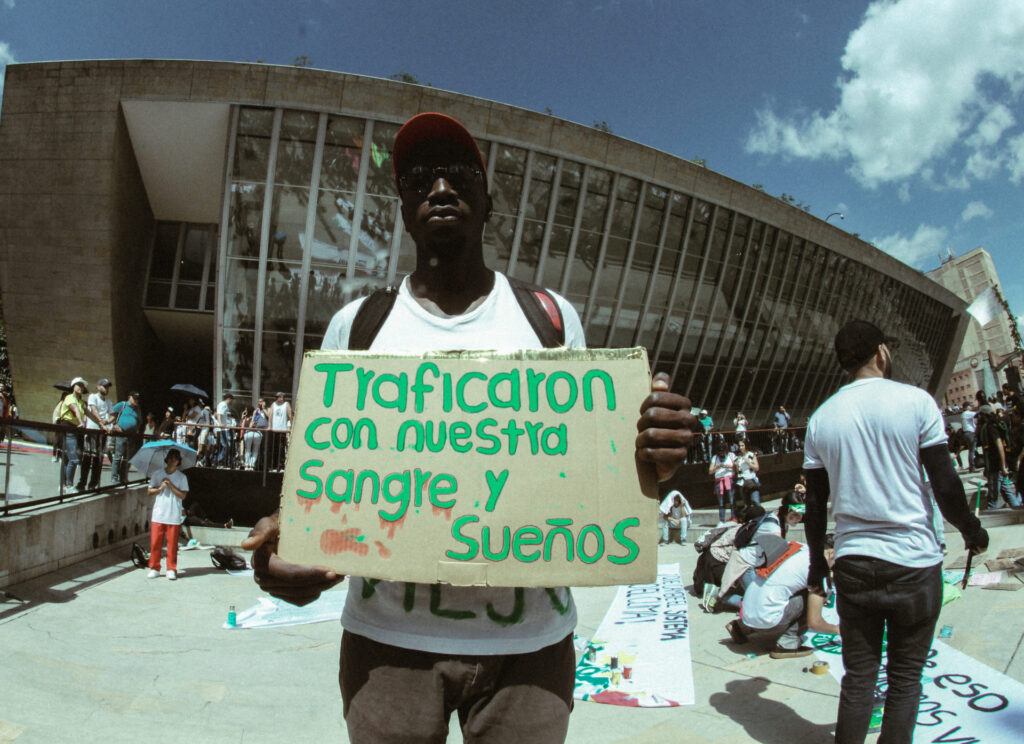
Photo by Felipe Bedoya.
“This protest isn’t about political parties or ideologies, it’s for the dignity of the people,” Juan José Alzate, an 18 year-old political sciences student from Medellín’s Universidad Nacional told Latin America Reports.
Laura, another 22-year-old student shared her predictions for the outcome of the national strike. “We don’t know what the result will be but we know what we want it to be: the president’s resignation,” she said.
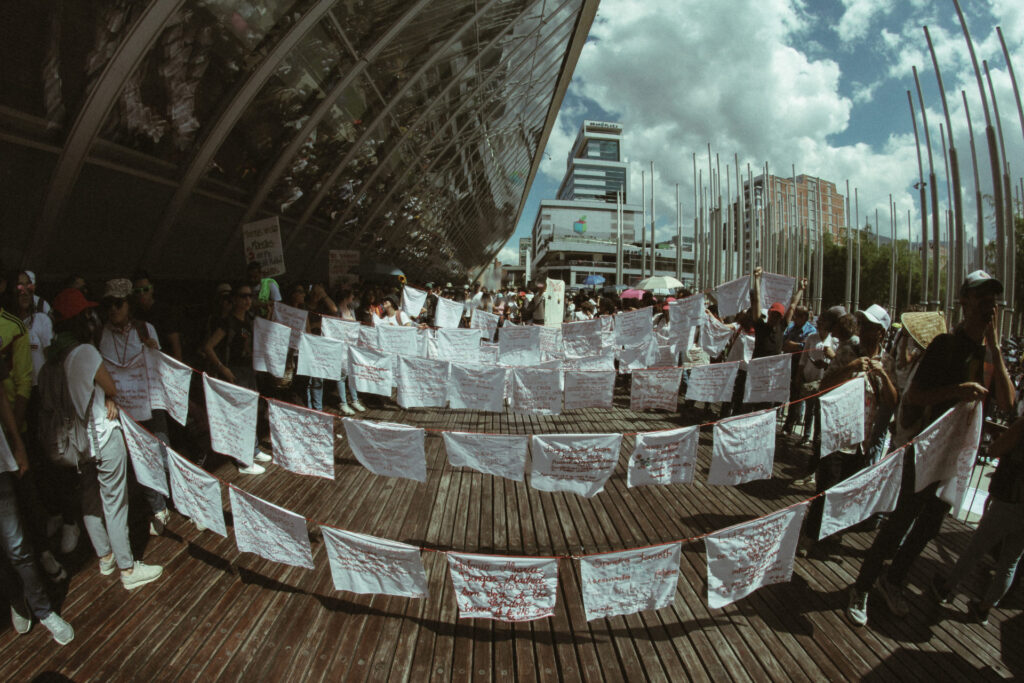
Photo by Felipe Bedoya
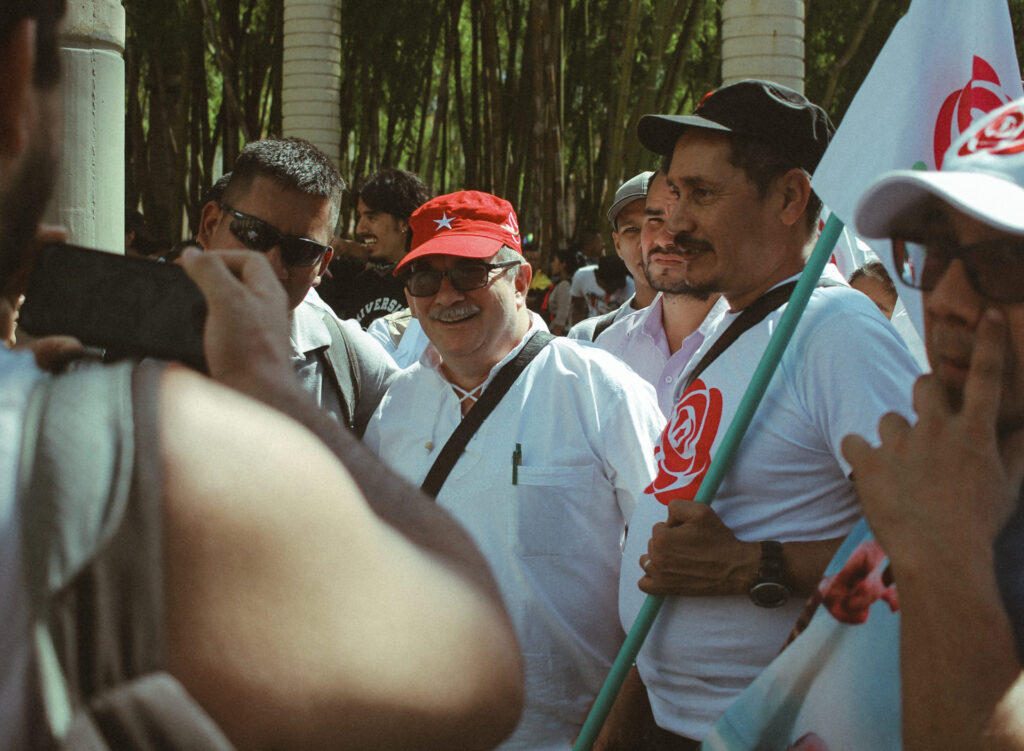
Photo by Patrick Edwards.
“I’m here to accompany the people in the fight for their grievances and to support the implementation of the 2016 peace agreement, which was not an agreement for the FARC, but for the Colombian people,” Timochenko told Latin America Reports.
“We want to bring an end to the government’s stigmatizing politics. We want the peace agreements to be implemented,” he added. “We hope that after this march, the government will reflect.”
Another male senior FARC representative, who preferred to remain unnamed, described president Duque as a “puppet.” “Duque is the president, but the one who truly rules the country is the murderer and criminal Álvaro Uribe,” he told Latin America Reports.
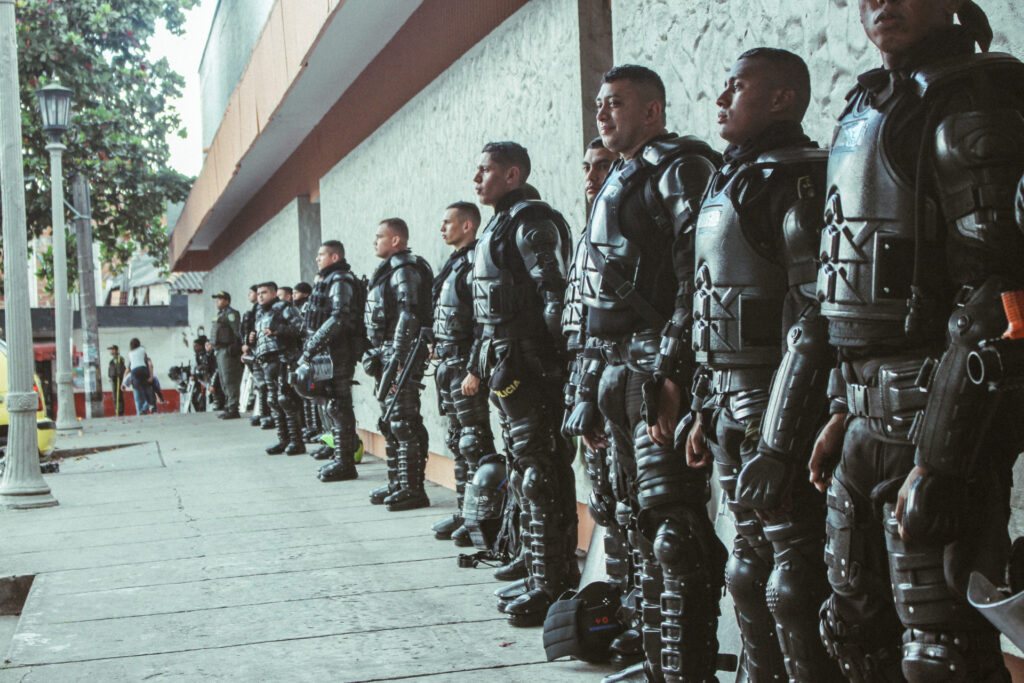
Photo by Jim Glade.
When asked if they expected the march to turn violent, senior anonymous representatives from the FARC political party told Latin America Reports, “that’s what’s expected of the government, but never of the demonstrators. It’s the government who always oppress the march.”

Photo by Patrick Edwards.
At around 1 p.m, a 62-year-old street vendor named Carlos Correa told Latin America Reports that he had seen no problems or violence. “All calm,” he added.

Photo by Felipe Bedoya.
“I had to work … I needed the money so I had to work today,” said Correa, the street vendor working as he watched demonstrators protest. “But I would have marched if I didn’t have to work,” he added.
“Initially, there were businesses that were prepared to open today, but the people started to get scared and, at this point, about 90 percent of businesses in the area are closed,” said Julian Ospina, a 52-year-old jewelry shop owner in Medellín’s city center, when asked if he had decided to close his shop because of the march. “As the march started to form, the business owners started leaving, not only in solidarity with the protesters, but also out of fear of damage to their businesses,” he added.
“The majority of people here [at the protest] are middle class,” said 59-year-old aviation technician Leon Higuita. “The working classes are out there working.”

Photo by Mimi Yagoub.
“The march was peaceful. There were no confrontations,” a 21-year-old video-maker named Alejandro told Latin America Reports later on in the evening near the city’s Universidad de Antioquia. “It was when we got to the meeting point … when there was a confrontation with someone from the ESMAD and everyone jumped on him.”

Photo by Jorge Calle.
President Duque — who insisted that people were striking under false pretences in the run up to the protests — closed the day with a speech in which he claimed that citizens’ security had been “affected by vandals and criminals,” as a result of the protests.
“We understand that pacific protest is legitimate in a democracy, and along the way, frustrations have arisen that we need to resolve and that we have been working on,” he added.
As the president spoke, the sound of banging pots and pans resounded across Colombia in a unified cacerolazo, as citizens continued to protest into the night.
Reporting by Sophie Foggin, Frances Jenner, Jim Glade, Patrick Edwards. Photography by Felipe Bedoya, Patrick Edwards, Jim Glade, Mimi Yagoub and Jorge Calle. With special thanks to Mimi Yagoub and Jorge Calle for their contributions.


